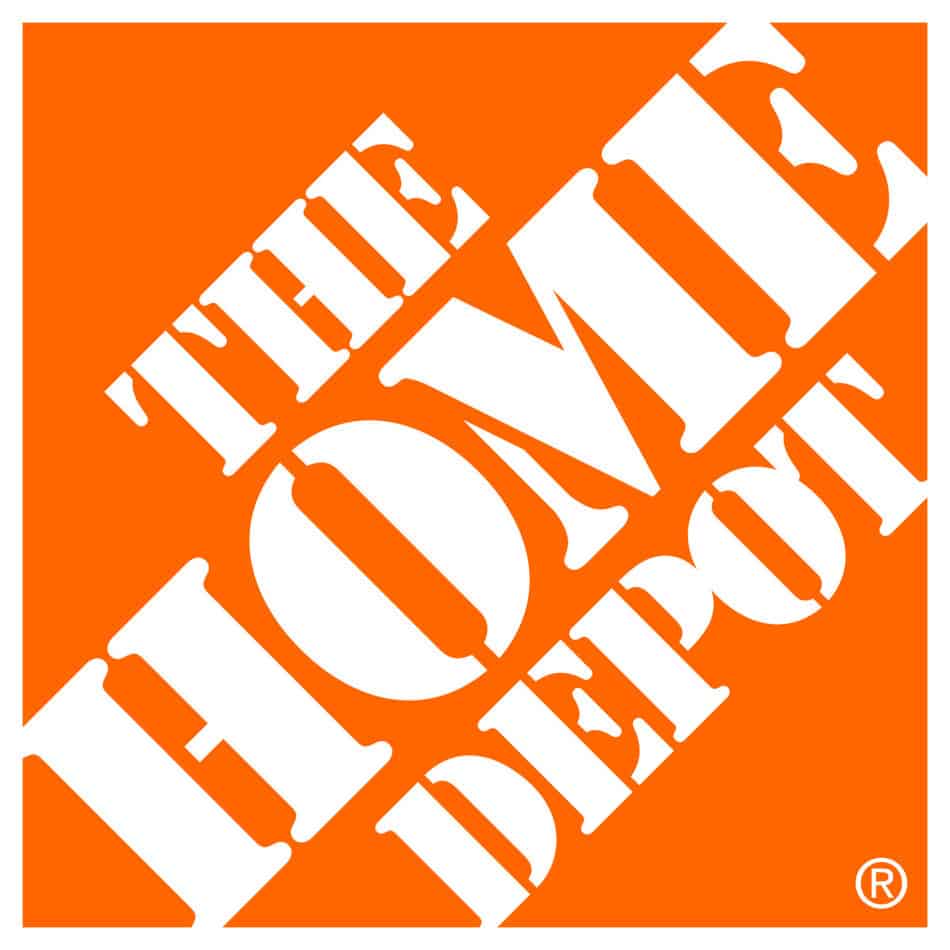Introduction
Home Depot, the largest home improvement retailer in the United States, has become synonymous with DIY projects, renovations, and all things related to home improvement. With over 2,200 stores across North America, Home Depot’s business model has been instrumental in its success and dominance in the industry. In this blog post, we will explore the key elements of Home Depot’s business model and how the company has built a reputation as a go-to destination for homeowners, contractors, and do-it-yourself enthusiasts.
- Wide Product Selection and Inventory Management
At the heart of Home Depot’s business model lies its extensive product selection. Home Depot offers a vast array of products, ranging from construction materials and tools to appliances, décor, and gardening supplies. The company’s commitment to maintaining a comprehensive inventory ensures that customers can find everything they need for their home improvement projects under one roof. Home Depot’s robust inventory management system ensures that products are readily available, minimizing out-of-stock situations and maximizing customer satisfaction.
- Customer-Centric Approach
Home Depot places a strong emphasis on customer satisfaction and has built its business model around a customer-centric approach. The company invests in knowledgeable and friendly staff who are readily available to assist customers with their questions, offer advice, and provide guidance on product selection and project planning. Home Depot’s dedication to providing exceptional customer service helps create a welcoming and supportive environment, establishing trust with customers and fostering long-term relationships.
- Proximity and Convenience
Home Depot strategically locates its stores in suburban areas, making them easily accessible to customers. This proximity and convenience factor are essential elements of Home Depot’s business model. By ensuring that stores are within a short driving distance for most customers, Home Depot caters to the immediate needs of homeowners and contractors. The company also offers online shopping and home delivery services, providing additional convenience for those who prefer to shop from the comfort of their homes.
- DIY Workshops and Education
Home Depot goes beyond just selling products by offering educational resources and DIY workshops. The company understands that many customers have varying levels of expertise in home improvement projects. Home Depot’s workshops provide customers with hands-on training, expert advice, and step-by-step guidance on various projects, empowering them to tackle tasks with confidence. This educational aspect not only enhances the customer experience but also builds brand loyalty and positions Home Depot as a trusted authority in the industry.
- Strong Supplier Relationships and Private Labels
Home Depot’s business model thrives on strong relationships with suppliers. The company partners with reputable manufacturers and negotiates favorable pricing, allowing Home Depot to offer competitive prices to its customers. Additionally, Home Depot has developed its line of private-label products, including brands like Husky, Glacier Bay, and Hampton Bay. These private labels provide customers with quality products at a more affordable price point, further expanding Home Depot’s customer base.
- Professional Contractor Services
Home Depot recognizes the importance of catering to professional contractors, who make up a significant portion of its customer base. The company offers specialized services tailored to meet the needs of contractors, including bulk pricing, dedicated sales representatives, and job site delivery services. Home Depot’s focus on providing efficient solutions for professionals solidifies its position as a trusted partner in the construction industry.
- Embracing E-Commerce and Digital Technology
In recent years, Home Depot has embraced e-commerce and digital technology as key components of its business model. The company’s online platform allows customers to browse products, access detailed product information, and make purchases from the comfort of their homes. Home Depot’s website also provides valuable resources such as project calculators, how-to guides, and customer reviews, enhancing the online shopping experience. The company has invested in mobile applications, enabling customers to browse inventory, check prices, and even locate products within the store using augmented reality. This integration of e-commerce and digital technology ensures that Home Depot remains relevant and competitive in the evolving retail landscape.
Conclusion
Home Depot’s business model revolves around providing a wide selection of products, exceptional customer service, and convenient shopping experiences. By focusing on these key elements, Home Depot has established itself as a leader in the home improvement retail industry. The company’s commitment to customer satisfaction, knowledgeable staff, and educational resources sets it apart from competitors, fostering strong customer loyalty.
The proximity and convenience of Home Depot’s stores, coupled with its online presence and e-commerce capabilities, cater to the diverse preferences and needs of customers. Whether it’s the DIY enthusiast looking for guidance or the professional contractor seeking efficient solutions, Home Depot has positioned itself as a one-stop destination.
Moreover, Home Depot’s strong supplier relationships and private-label offerings contribute to its competitive pricing and diverse product range. By partnering with reputable manufacturers and developing private labels, Home Depot ensures that customers have access to quality products at competitive prices.
The company’s commitment to embracing digital technology and e-commerce further enhances the customer experience. Home Depot’s online platform and mobile applications provide convenience, access to information, and additional resources for customers, solidifying its position as a leader in omnichannel retail.
In conclusion, Home Depot’s business model is built on a foundation of product selection, customer-centricity, convenience, and technological innovation. Through its commitment to exceptional customer service, educational resources, and strategic partnerships, Home Depot has become the go-to destination for home improvement needs. As the industry continues to evolve, Home Depot’s ability to adapt, embrace technology, and deliver exceptional experiences will undoubtedly drive its continued success in empowering homeowners and contractors to bring their visions to life, one home at a time.


